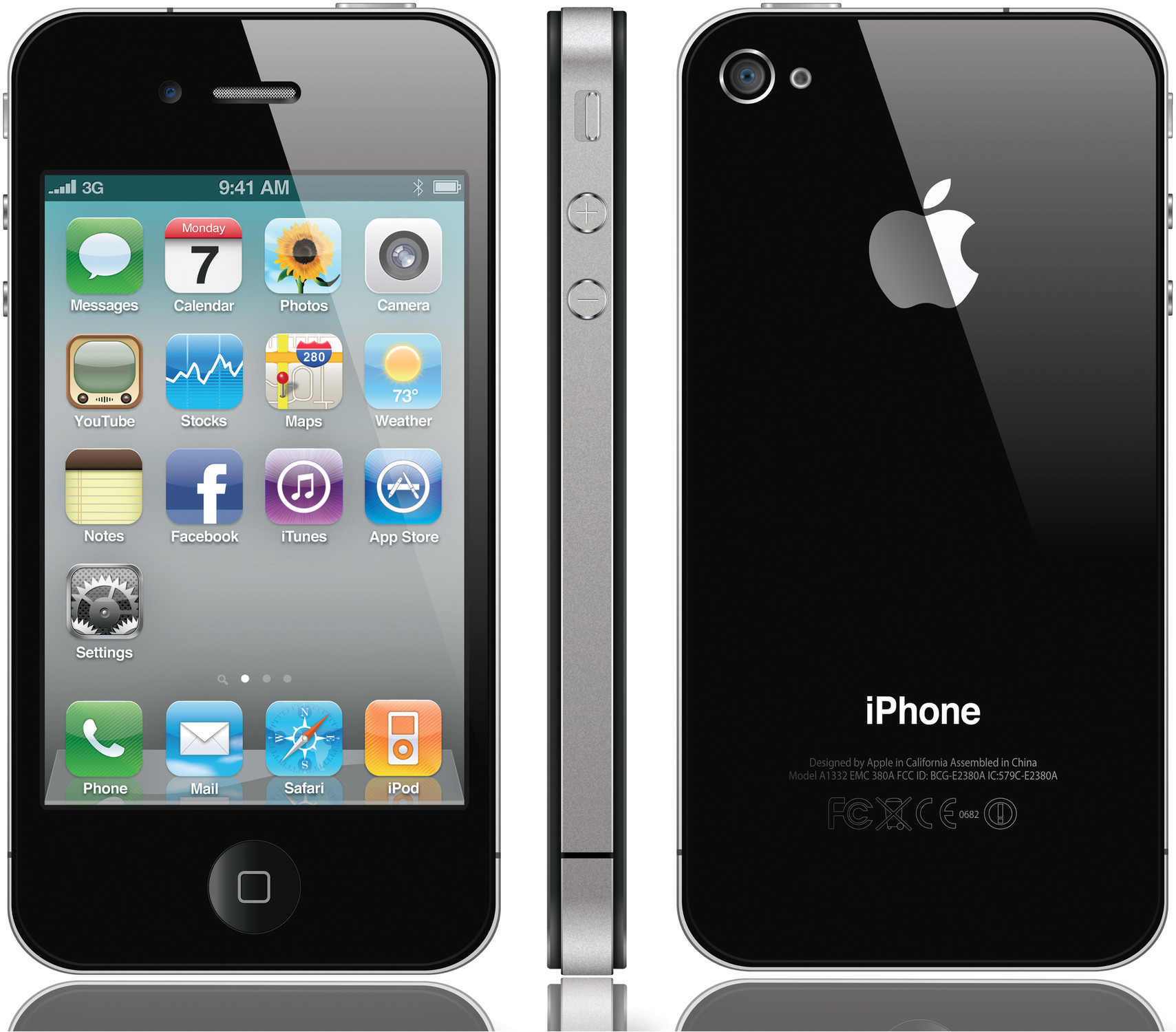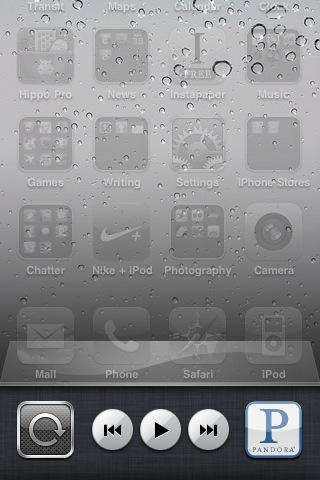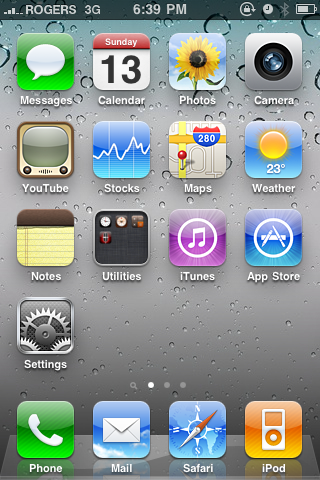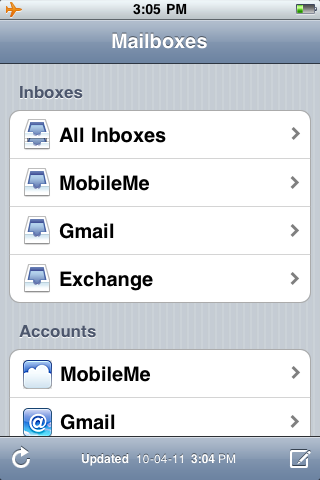Do you remember Apple's iOS 4 mobile operating system? It was distinguished not only by the fact that it was the last version of iOS that was released during the lifetime of Steve Jobs - it also had a significant importance in terms of functions aimed at productivity. iOS 4 saw the light of day on June 21, 2010, and we remember it in today's article.
The arrival of iOS 4 made it clear that the iPhone could be a great productivity tool, and that the public could stop seeing it as just a means of communication and entertainment. It was the first version of Apple's mobile operating system released by Apple after the introduction of the iPad, and the first operating system to bear the name "iOS" instead of the earlier "iPhone OS".
https://www.youtube.com/watch?v=BuyC-HX7DxI
Along with iOS 4, a handful of new features were introduced to the public, which until then were exclusively available only for the iPad. These were mainly spell check, compatibility with Bluetooth keyboards or perhaps the background for the home screen - i.e. functions without which we can no longer imagine an iPhone today. With the arrival of iOS 4, users gained the ability to let certain applications run in the background while using others - for example, listening to their favorite music while handling e-mails. Switching between individual running applications was also very fast and convenient. Other innovations included the ability to create folders, capable of holding up to 12 application icons, on the home screen, a native Mail application capable of integrating several different email accounts, the ability to zoom the screen, better focusing options when taking photos, results from the web and Wikipedia in Universal Search or perhaps the use of geographic location data for better photo sorting.
The discussion about whether iOS can replace the Mac already belongs to Apple's gold fund. Whatever your opinion, there's no denying that iOS 4 has turned iPhones into far more useful and productive devices. When creating iOS 4, Apple thought not only about productivity, but also about entertainment - it brought something new in the form of the Game Center platform, i.e. a kind of social network for gamers. The iBooks application, serving as a virtual bookstore and library for e-books, made its debut in iOS 4.
Users received better keyboard control in the form of easier switching between languages, new notification methods, the ability to move application icons in the Dock or the character counter in text messages. The native Photos application received new functions, known from the iPad or from the iPhoto application for Mac and horizontal display support, developers were given access to the Calendar application. The camera in iOS 4 allowed a five-fold zoom, iPhone 4 owners got the ability to quickly switch between the front and back cameras. Users could now secure their phone with an alphanumeric code instead of a four-digit numerical pin, the Safari search engine received new search options.
It could be interest you

Reviews at the time mostly sang the praises of iOS 4 and highlighted the maturity of the platform. It cannot be said that the iOS 4 operating system brought an outright revolutionary function, but it laid a solid foundation for the next generations of Apple mobile operating systems.
Have you had a chance to try iOS 4 on your iPhone? How do you remember him?










Yeah, I think I bought an iPhone 4GS with iOS3... It was great, focused on efficiency and not on useless things..
I also had iOS 4.2.1 on 3GS and still have :) amazing system, but the best one for me came with iOS5. I still have 4 on my iP 5.1.1S, which has never been updated, and the phone runs beautifully :). It's a shame about the messed up design, functionality and especially the stability and performance debugging of iOS 7+...
iOS has been able to play music in the background since the beginning.